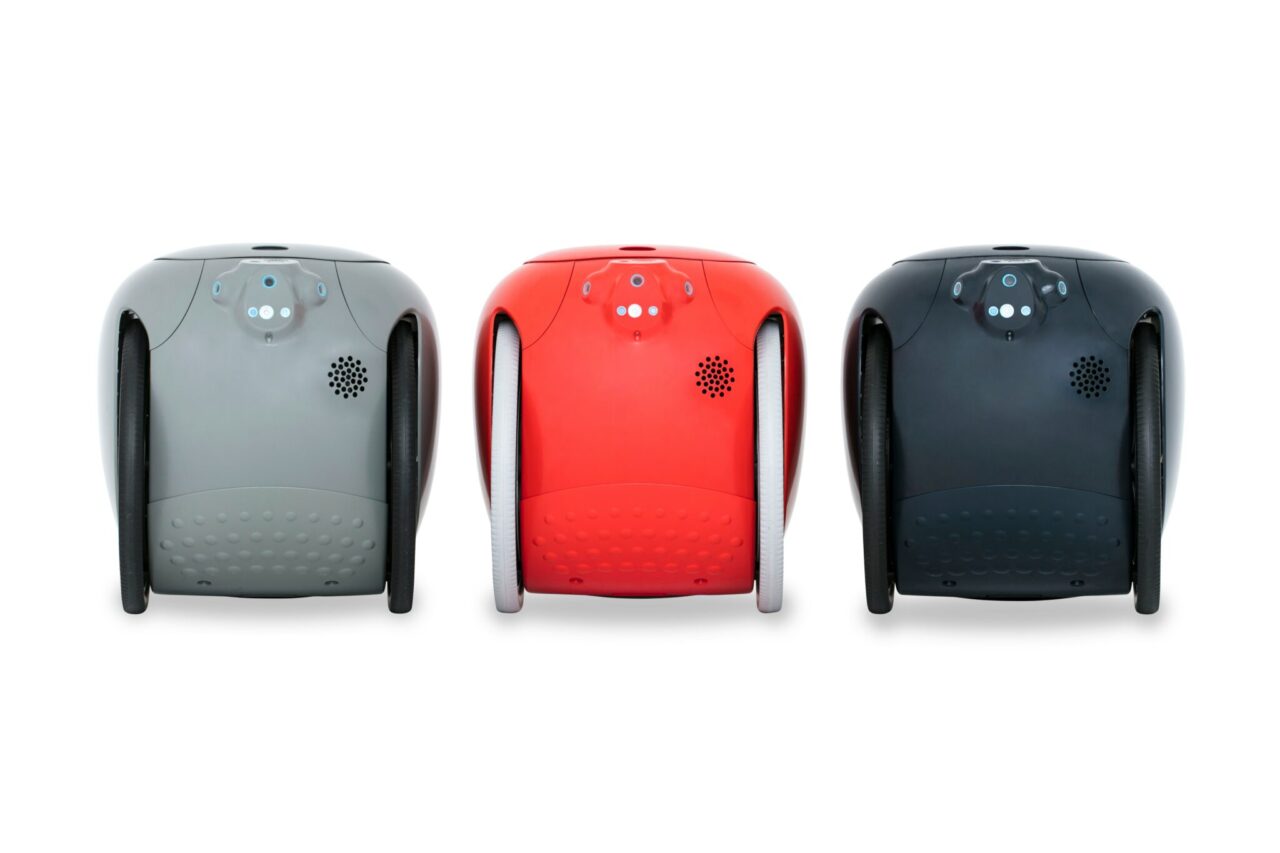With Lime and Bird scooters covering just about every major U.S. city, you’d think all bets were off for walking. Think again.
Piaggio Fast Forward is staking its future on the idea that people will skip e-scooters or ride-hailing once they take a stroll with its gita robot. A Boston-based subsidiary of the iconic Vespa scooter maker, the company says the recent focus on getting fresh air and walking during the COVID-19 pandemic bodes well for its new robotics concept.
The fashionable gita robot — looking like a curvaceous vintage scooter — can carry up to 40 pounds and automatically keeps stride so you don’t have to lug groceries, picnic goodies or other items on walks. Another mark in gita’s favor: you can exercise in the fashion of those in Milan and Paris, walking sidewalks to meals and stores. “Gita” means short trip in Italian.
The robot may turn some heads on the street. That’s because Piaggio Fast Forward parent Piaggio Group, which also makes Moto Guzzi motorcycles, expects sleek, flashy designs under its brand.
The first idea from Piaggio Fast Forward was to automate something like a scooter to autonomously deliver pizzas. “The investors and leadership came from Italy, and we pitched this idea, and they were just horrified,” quipped CEO and founder Greg Lynn.
If the company gets it right, walking could even become fashionable in the U.S. Early adopters have been picking up gita robots since the November debut. The stylish personal gita robot, enabled by the NVIDIA Jetson TX2 supercomputer on a module, comes in signal red, twilight blue or thunder gray.
Gita as Companion
The robot was designed to follow a person. That means the company didn’t have to create a completely autonomous robot that uses simultaneous localization and mapping, or SLAM, to get around fully on its own, said Lynn. And it doesn’t use GPS.
Instead, a gita user taps a button and the robot’s cameras and sensors immediately capture images that pair it with its leader to follow the person.
Using neural networks and the Jetson’s GPU to perform complex image processing tasks, the gita can avoid collisions with people by understanding how people move in sidewalk traffic, according to the company. “We have a pretty deep library of what we call ‘pedestrian etiquette,’ which we use to make decisions about how we navigate,” said Lynn.
Pose-estimation networks with 3D point cloud processing allow it to see the gestures of people to anticipate movements, for example. The company recorded thousands of hours of walking data to study human behavior and tune gita’s networks. It used simulation training much the way the auto industry does, using virtual environments. Piaggio Fast Forward also created environments in its labs for training with actual gitas.
“So we know that if a person’s shoulders rotate at a certain degree relative to their pelvis, they are going to make a turn,” Lynn said. “We also know how close to get to people and how close to follow.”
‘Impossible’ Without Jetson
The robot has a stereo depth camera to understand the speed and distance of moving people, and it has three other cameras for seeing pedestrians for help in path planning. The ability to do split-second inference to make sidewalk navigation decisions was important.
“We switched over and started to take advantage of CUDA for all the parallel processing we could do on the Jetson TX2,” said Lynn.
Piaggio Fast Forward used lidar on its early design prototype robots, which were tethered to a bulky desktop computer, in all costing tens of thousands of dollars. It needed to find a compact, energy-efficient and affordable embedded AI processor to sell its robot at a reasonable price.
“We have hundreds of machines out in the world, and nobody is joy-sticking them out of trouble. It would have been impossible to produce a robot for $3,250 if we didn’t rely on the Jetson platform,” he said.
Enterprise Gita Rollouts
Gita robots have been off to a good start in U.S. sales with early technology adopters, according to the company, which declined to disclose unit sales. They have also begun to roll out in enterprise customer pilot tests, said Lynn.
Cincinnati-Northern Kentucky International Airport is running gita pilots for delivery of merchandise purchased in airports as well as food and beverage orders from mobile devices at the gates.
Piaggio Fast Forward is also working with some retailers who are experimenting with the gita robots for handling curbside deliveries, which have grown in popularity for avoiding the insides of stores.
The company is also in discussions with residential communities exploring usage of gita robots for the replacement of golf carts to encourage walking in new developments.
Piaggio Fast Forward plans to launch several variations in the gita line of robots by next year.
“Rather than do autonomous vehicles to move people around, we started to think about a way to unlock the walkability of people’s neighborhoods and of businesses,” said Lynn.
